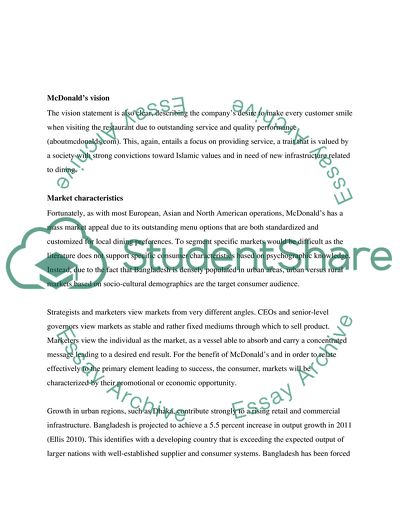Cite this document
(McDonald's Entering Bangladesh as a New Market Research Paper, n.d.)
McDonald's Entering Bangladesh as a New Market Research Paper. Retrieved from https://studentshare.org/marketing/1745665-mcdonalds-entering-bangladesh-as-a-new-market
McDonald's Entering Bangladesh as a New Market Research Paper. Retrieved from https://studentshare.org/marketing/1745665-mcdonalds-entering-bangladesh-as-a-new-market
(McDonald'S Entering Bangladesh As a New Market Research Paper)
McDonald'S Entering Bangladesh As a New Market Research Paper. https://studentshare.org/marketing/1745665-mcdonalds-entering-bangladesh-as-a-new-market.
McDonald'S Entering Bangladesh As a New Market Research Paper. https://studentshare.org/marketing/1745665-mcdonalds-entering-bangladesh-as-a-new-market.
“McDonald'S Entering Bangladesh As a New Market Research Paper”, n.d. https://studentshare.org/marketing/1745665-mcdonalds-entering-bangladesh-as-a-new-market.


